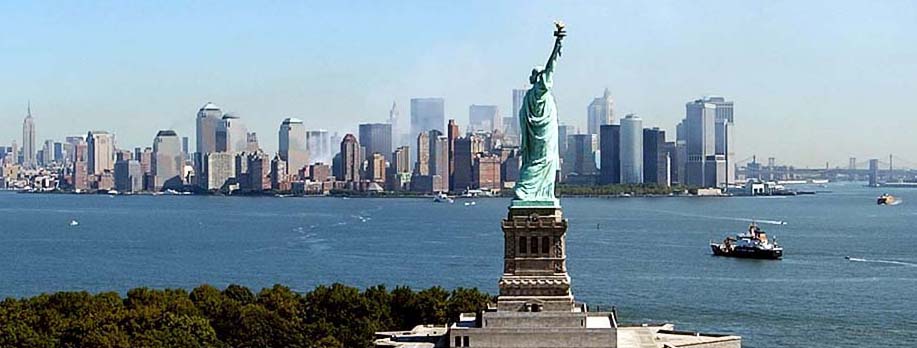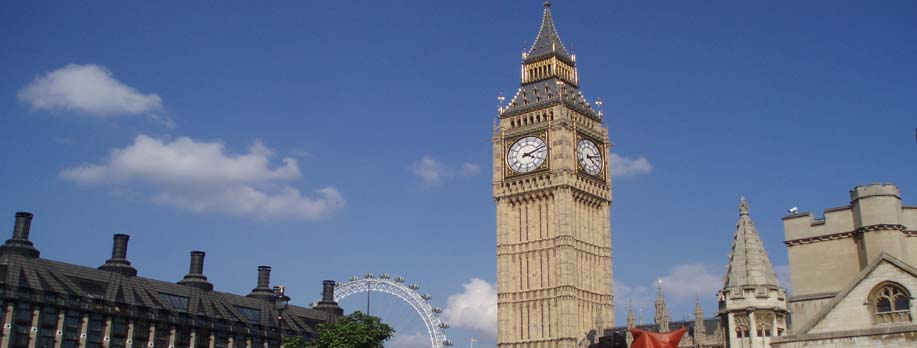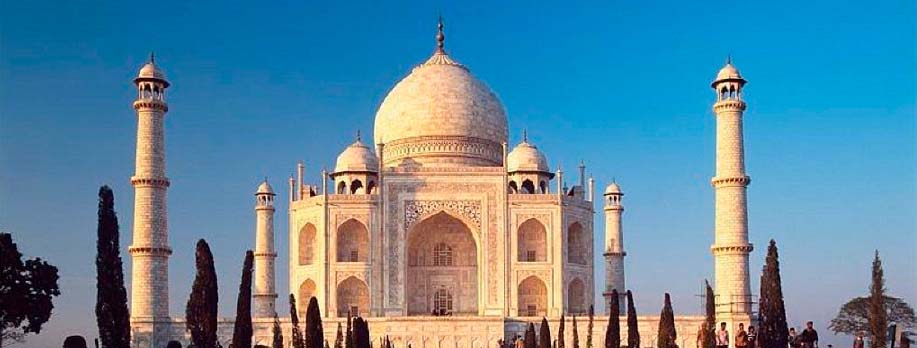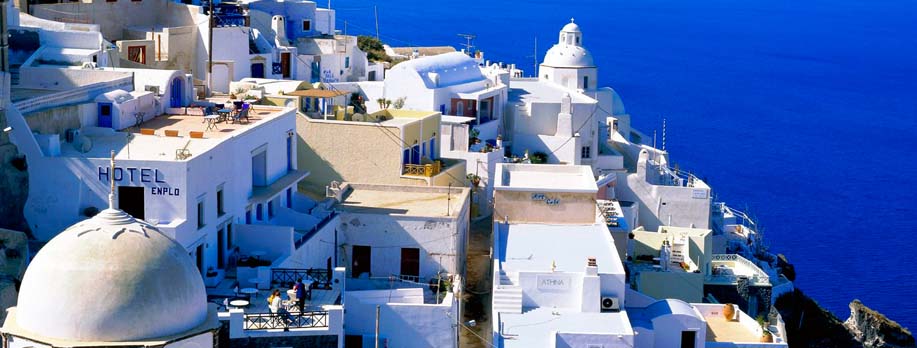| TAJ MAHAL - Agra | |
|
On the banks of the river Yamuna stands the Taj Mahal, the epitome of love. Built by the Mughal Emperor Shahjahan in the 17th century, the Taj today is source of attraction for millions of tourists from all over the world. |
 |
| AGRA FORT - Agra | |
|
Built by Emperor Akbar on the west bank of the river Yamuna and beautified with palaces and gardens by Jehangir, Agra Fort today dominates the centre of the city. The crescent-shaped fort with its 20-metre high, 2.4 km outer walls contains a maze of buildings that form a small city within a city. |
 |
| ITMAD-UD-DAULAH - Agra | |
|
To the north of the fort, on the opposite bank of the Yamuna lies Itmad-ud-daulah, the tomb of Mirza Ghiyas Beg, Jehingir’s wazir. Also known as the ’baby Taj’, it was the first Mughal structure totally built from marble and first to make extensive use of pietra dura. The place is the least visited of Agra’s three great monuments |
 |
| JAMA MASJID - Agra |
| Built in 1648 AD, in memory of Sheikh Salim Chisthi and his grandson Islam Khan by Jehanara Begum, Shahjahan’s daughter, the masjid has a wonderful assimilation of Iranian architecture. The building with its rectangular open forecourt, has no minarets but its sandstone domes have a striking marble patterning. |
| SIKANDRA - Agra | |
|
In the centre of a peaceful garden at Sikandara, 4 km north-west of Agra, lies the sandstone and marble tomb of Akbar. The mausoleum represents Akbar’s philosophy and secular outlook blending Islamic, Hindu, Buddhist, Jain and Christian motifs and styles. |
 |
| RAMBAGH - Agra |
| Three kilometers upstream from Itmad-ud-daulah lies Ram Bagh, one of the earliest Mughal Gardens in the country. The garden was laid out by Emperor Babar, and it is believed that he was buried here temporarily before being permanently interred at Kabul in Afghanistan. |
| DAYAL BAGH - Agra | |
|
At Dayal Bagh, the headquarters of Radhaswami sect, there is a beautiful white marble temple coming up. The temple has been under construction for almost 100 years now. On a trip to the temple, you can view the pietra dura marble inlay work in process. |
 |
Agra City Travel Guide |
Sight Seeing of Agra |
Excursion in Agra
Agra Hotels










